All products featured are independently chosen by us. However, SoundGuys may receive a commission on orders placed through its retail links. See our ethics statement.
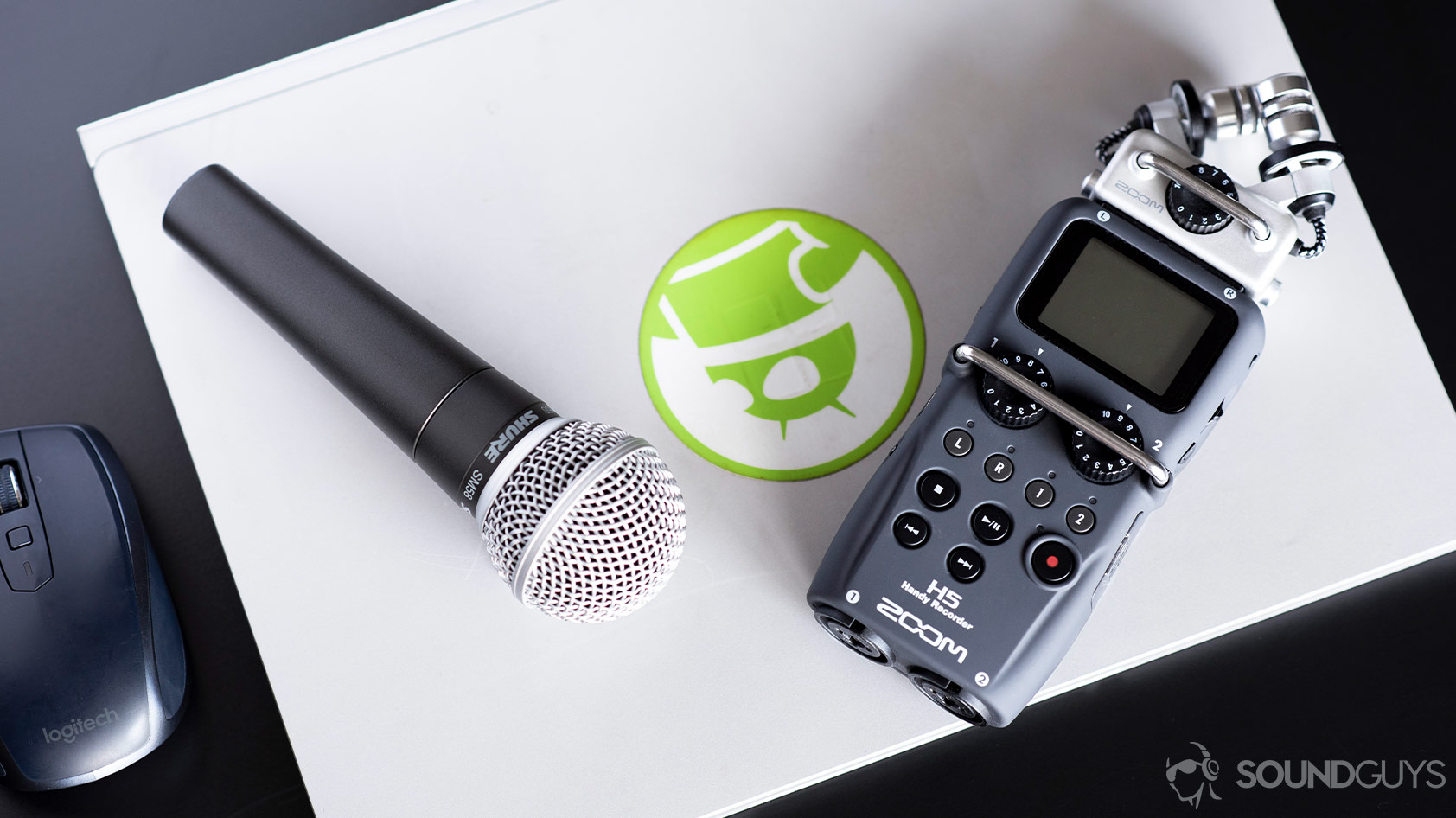

Shure SM58 review
March 18, 2022


Shure SM58
The Shure SM58 has made a reputation for itself among musicians. This mic is the whole package: it’s durable, affordable, and reliable. In fact, there’s little this vocal microphone can’t do. Time to find out if this 15-year-old piece of hardware can keep pace with today’s competition.
Editor’s note: this Shure SM58 review was updated on March 18, 2022, to expand upon the Vs other Shure mics section, to add a disclosure box, and include an Alternatives section.
Who should buy the Shure SM58?

- Performing musicians have been using the Shure SM58 since its release and praise its rugged construction and vocal-emphasized frequency response.
- Podcasters will benefit from the cardioid pickup pattern which effectively reduces background noise and doesn’t require much effort for good placement.
Related: What type of microphone do I need?
What’s it like to use the Shure SM58?
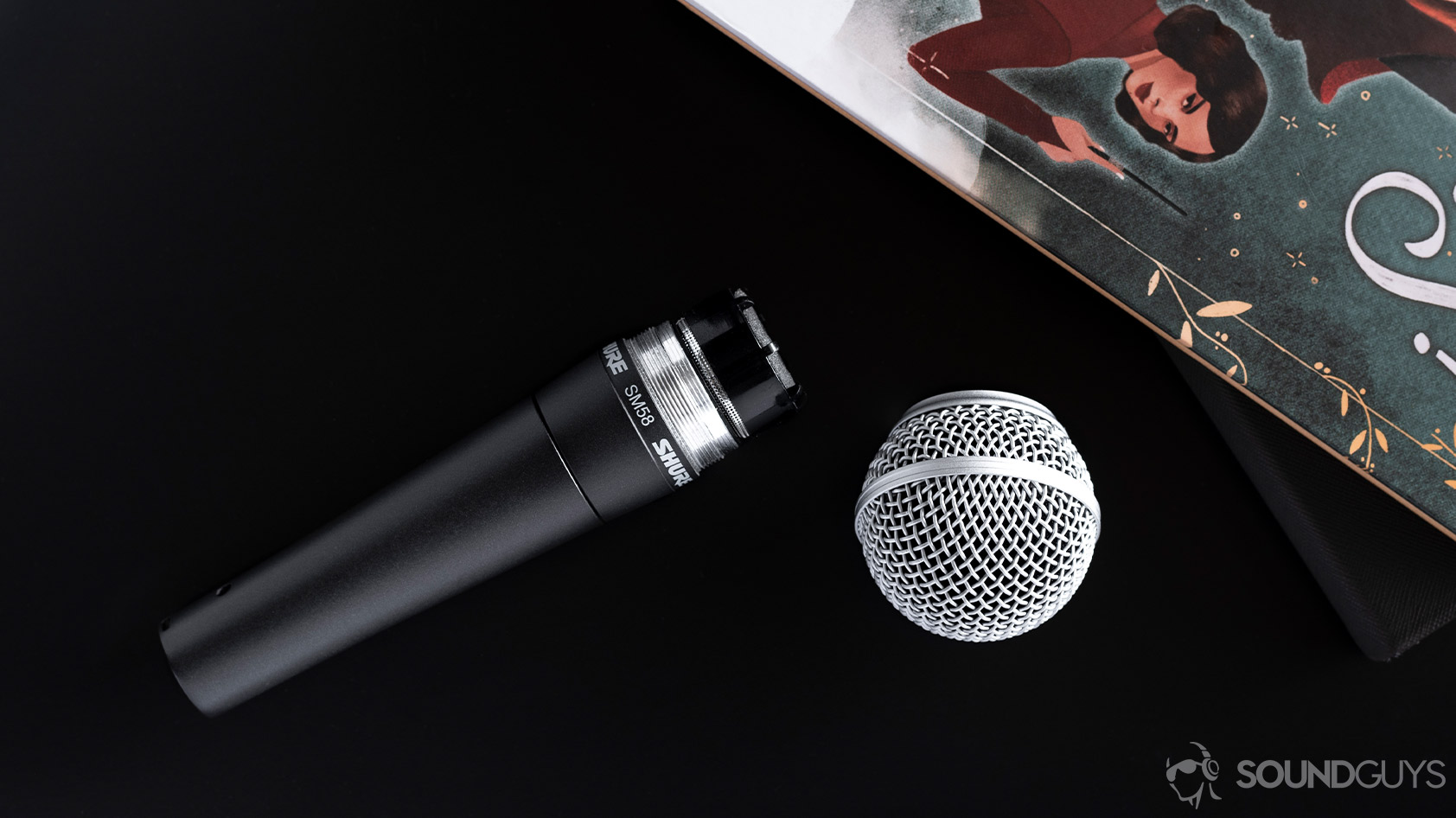
Two things are needed to use this cardioid dynamic microphone: an XLR cable and a recording interface, be it a voice recorder or multi-input guitar amp. If you’re using this for podcast recording or YouTube, you’ll need to go one step further and download recording software like Audacity. After that, you’re ready to record or jam out.
Start here: What to look for in a microphone
As far as build quality is concerned, the SM58 is a reliable piece of hardware. Its humble design communicates the importance of function before form. A removable steel grille makes cleaning and replacement easy. Beneath it lies a spherical filter which mitigates the harshness of plosives and fricatives, -p, -t, -k or -f, -th sounds, respectively. The tapered metal chassis has proven rugged, hence why it remains a must-have microphone, even 54 years after its initial release. It also has an internal shock-mount system to reduce vibration-induced noises.
The Shure SM58 is championed by musicians for its reliability and durability.
Accessories are sparse as you get just a zippered carrying pouch and durable stand adapter with a 180° swivel. The adapter is constructed from a thick plastic that feels impervious to breakage.
Are there power requirements for the SM58?
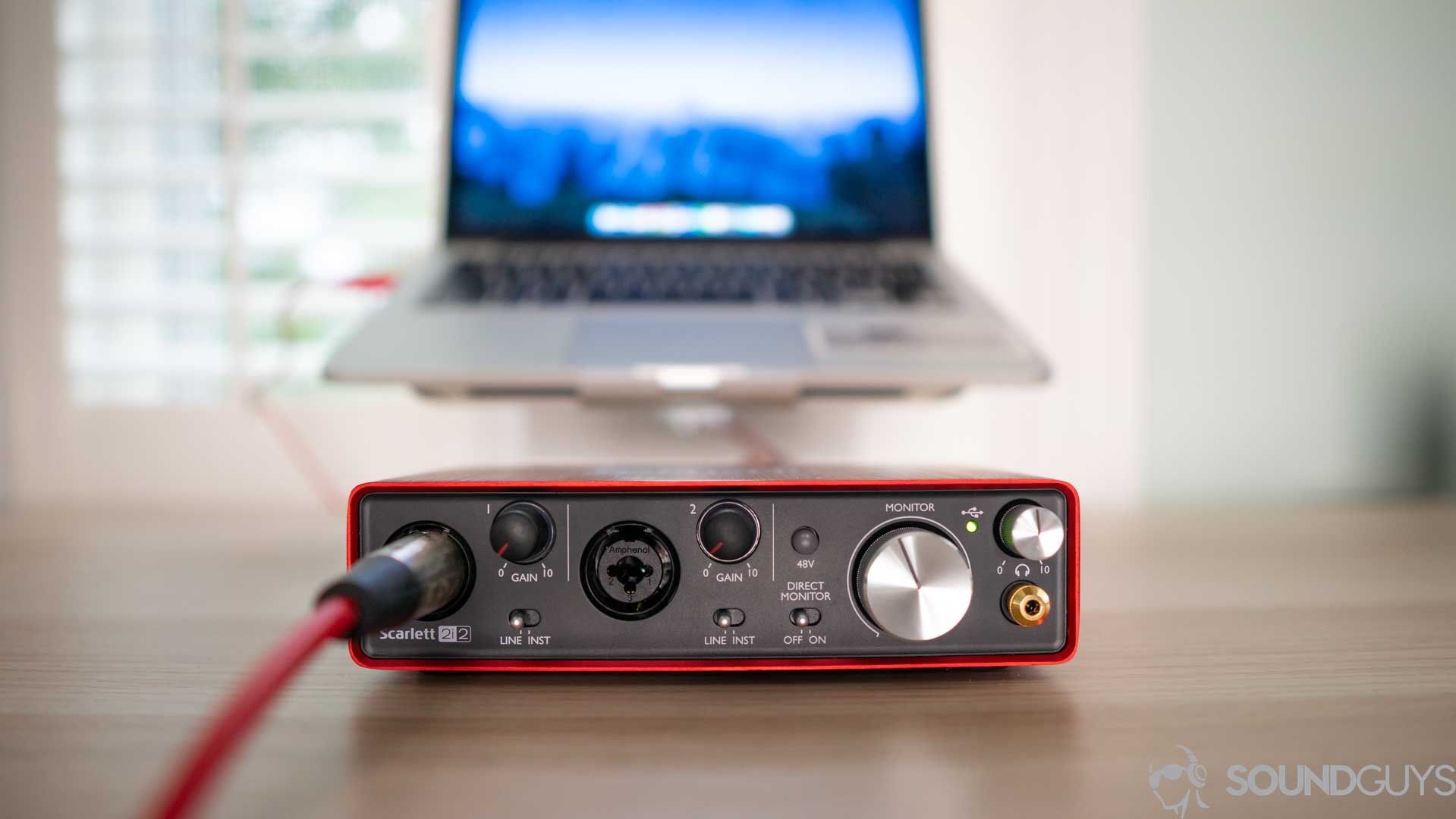
Since this is an XLR microphone, a USB connection isn’t an option: you’ll need to pick up an XLR cable. As a dynamic low-impedance mic (150Ω), it requires neither phantom power, or much gain to be applied in order to achieve a usable signal. This means you don’t need something a pre-amp. If you accidentally activate phantom power when plugging in the mic, it won’t damage it though. In order to record directly to your computer, you will need an interface with an XLR input. Our favorite is the Focusrite Scarlett 2i2. From there you’ll need software to edit the audio.
The Shure SM58 is a dynamic cardioid microphone. (Click the chart to expand.) It’s easy to get thrown off by all the syllables but all this means is that it’s durable, doesn’t require phantom power, and performs best when recording what’s in front of it.
People generally use cardioid microphones because they’re versatile and forgiving in terms of placement. Off-axis rejection is useful, but too much rejection with not enough placement precision can lead to a disappointing recording. Cardioid recording patterns may register some ambient noise but effectively ignore quiet sounds behind the microphone.
To get the best sound from the microphone, speak about six inches away from the capsule. If you’re in a studio environment, be sure to properly treat the room to lessen any echoes or noise pollution.
Does the Shure SM58 produce good sound?
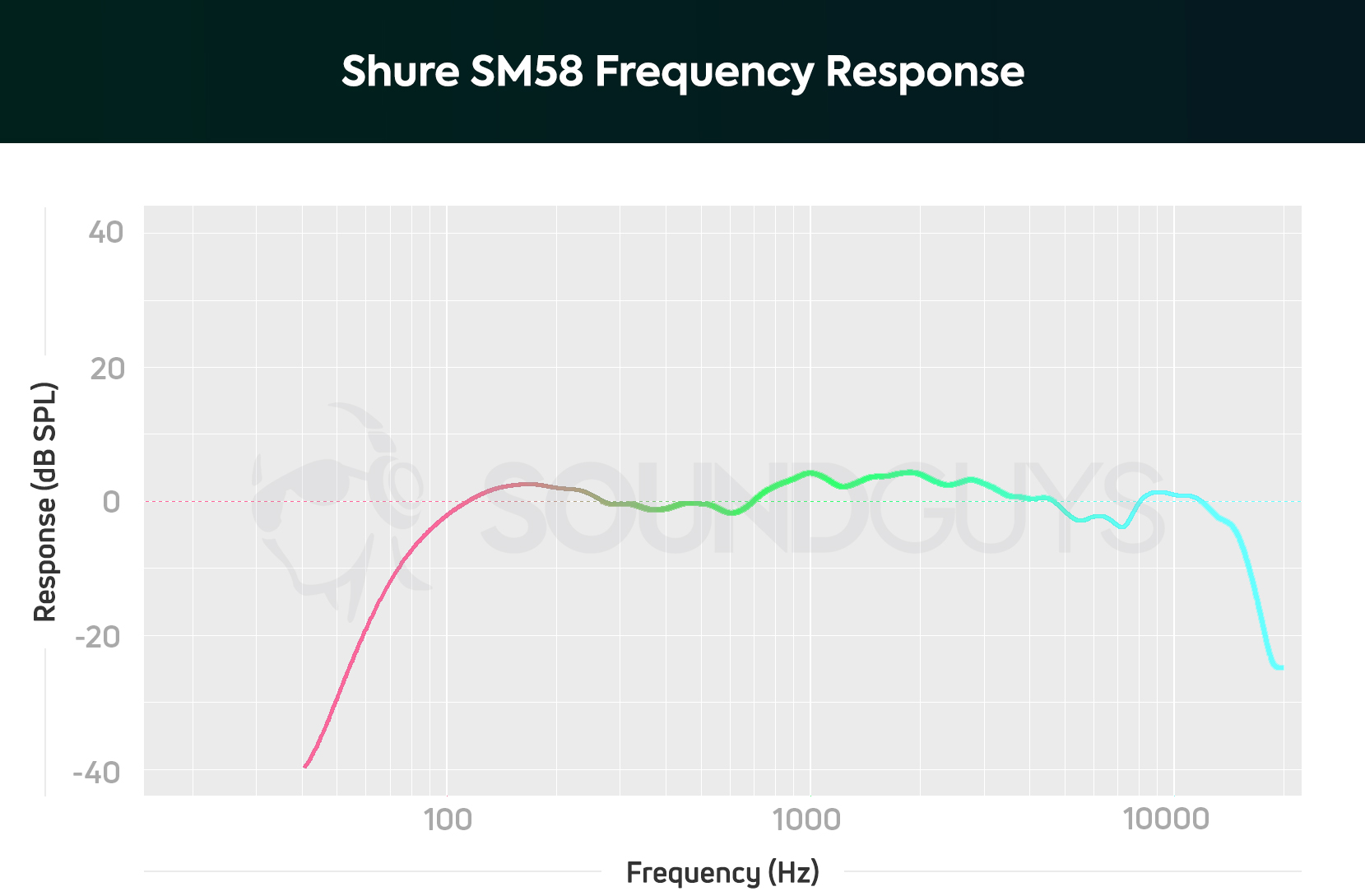
The Shure SM58 is one of the best microphones in its class. Its frequency response (50Hz-15kHz) is tailored to highlight vocals, hence the bass attenuation from 40-100Hz. This is to combat the proximity effect which is when the sound source is too close to the microphone causing bass frequencies to become exaggerated. Another benefit of the de-emphasized low notes is that it reduces the need for you to get too crazy with a high-pass filter to your audio for vocals when it’s time to edit.
See: How to write a song
One instance the frequency response may not be beneficial is when recording low-frequency sounds like kick drums or a bass guitar. If you do try and record these sounds with the Shure SM58, you’ll notice they sound quieter relative to vocals, guitars, and most piano chords. You can increase the loudness when editing, but you may run into distortion as the loudness increases.
If you’re using the microphone in a controlled environment, do yourself a solid and invest in a pop filter. The internal filter is better than nothing, but an external shield only costs a few bucks and will save you loads of time editing.
Shure SM58 speaking sample:
Shure SM58 singing sample:
Shure SM58 acoustic guitar sample:
Shure SM58 electric guitar with amp sample:
How does the microphone sound to you?
As of August 3, 2021, 320 readers have rated the above mic sample as somewhere between “okay” and “good.” This is a fine result for affordable dynamic microphones, and at the upper-middle end of what you should expect to get out of any products of this type.
Hold up! Something’s different:
We’ve made a big improvement to how we demonstrate the microphone performance of products we review. We now use a standardized test setup that plays back pre-recorded phrases from a calibrated artificial mouth in our test chamber, either with or without simulated background noises, simulated reverberant spaces, or artificial wind. This means that samples from every product can be directly compared, which makes it far easier to make meaningful comparisons between products in terms of the raw speech quality or the product’s ability to reject noise. We will also update this review with new frequency response charts. These will be made obvious with our new chart aesthetic (black background instead of white). It will take a while to update our backlog of old test results, but we will update this review (and many others!) once we’re able with improved microphone demos. These will be made obvious in each new sample which begins with the phrase, “This is a SoundGuys standardized microphone demonstration …”
Thank you for bearing with us, and we hope to see you again once we’ve sorted everything out.
Should you buy the Shure SM58?
Yes, the Shure SM58 is one of the best Shure microphones, and for good reason: it just works. Anyone tough on their gear will appreciate just how tough this microphone is. Whether you’re an open mic performer or touring musician, the SM58 is a great mic to have in your arsenal.
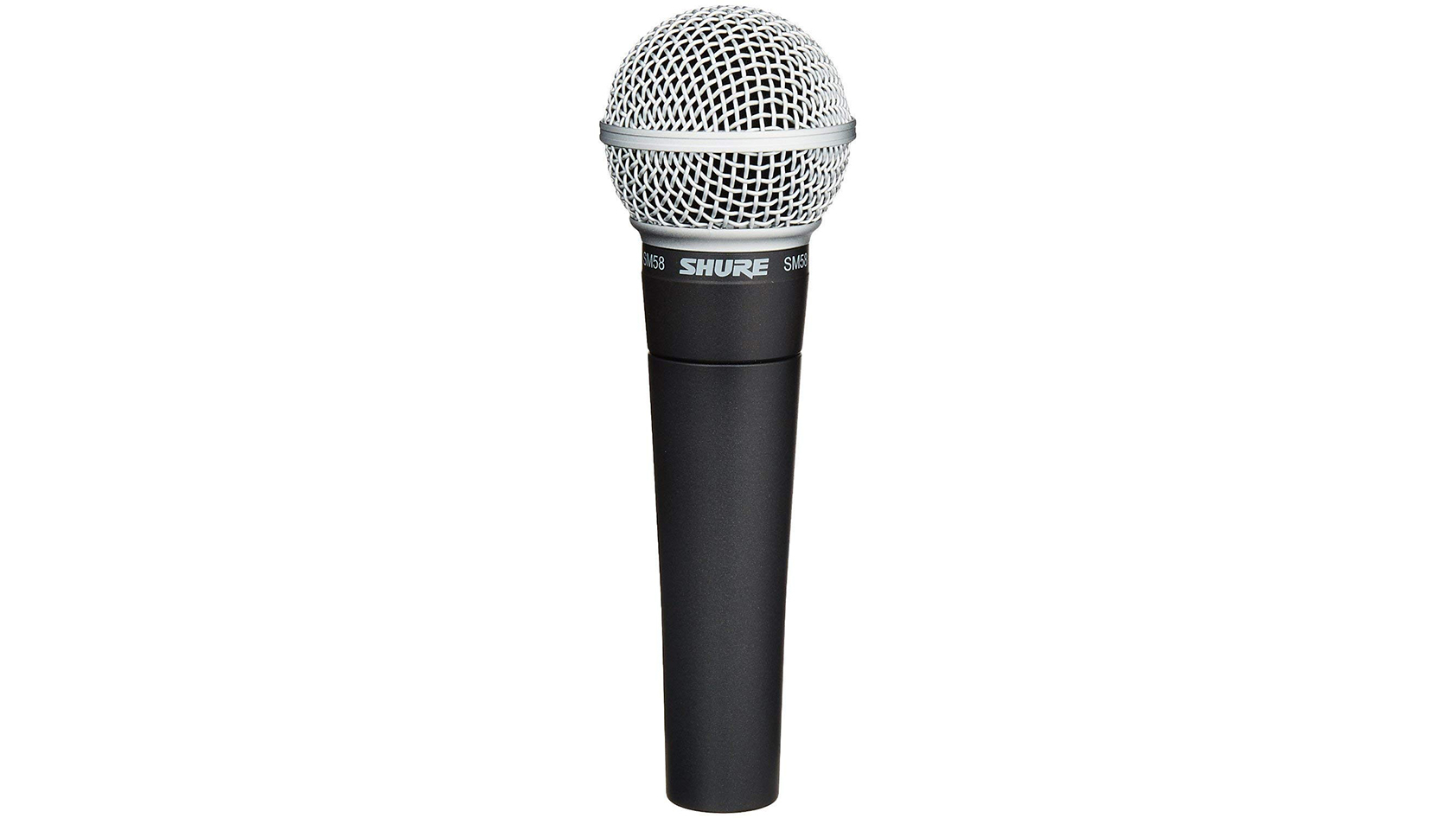
If you want something reliable, this is a must-have. However, the Shure MV7 is a super versatile microphone that’s great for the studio. It has both an XLR and USB output and they can be used simultaneously, meaning keeping backup files has never been so easy. In addition, it has a super useful companion software that lets you adjust the recording mode based on the mic position and desired tone, among other capabilities.
How does the Shure SM58 compare to the company’s line of microphones?
Shure offers a wide range of consumer and professional microphones, but let’s take a brief look at how the SM58 compares to some of its most popular models.
Comparing the company’s top-of-the-line dynamic vocal microphone to its more pedestrian offering is a bit silly, but let’s indulge. The Shure SM7B is a dynamic microphone that, despite its size, doesn’t require phantom power to operate. It has onboard switching, allowing users to quickly change the microphone’s frequency response on the fly. This may sound like a gimmick but it really works: the difference between the flat and bass rolloff profiles are stark. (Click image to expand.)
The Shure SM58 is meant to be tossed around and designed to be handheld or mounted, while the Shure SM7B is a bit more limited in its usage. Yes, both are dynamic are well constructed, but the ergonomics on the SM58 are much better than the SM7B; again, the latter is intended for studio use, not stage use.
Shure has manufactured some of the most iconic microphones of all time, and its SM7B is the king of the hill when it comes to professional recording, but its cost-prohibitive. For most consumers, the Shure SM58 will sound good enough and even better with a little editing.
Musicians who invest in the Shure SM57 usually intend to use the microphone for recording instruments be it in the studio or on stage. Its shape allows the recording capsule to get rather close to the instrument without impeding a musician’s ability to play. The SM57 is also a dynamic microphone, meaning it can tolerate extremely high outputs before relaying any distortion. You can use it as a vocal microphone, and I’ve certainly seen some bands do so, but if you have the money, you’re better off getting the SM58 as a vocal mic and the SM57 as an instrumental one.
The Shure SM58 can also be used as an instrument microphone in a pinch. The differences between the frequency response of the SM57 and SM58 are slight, and as long as the bulbous capsule of the SM58 doesn’t get in your way when playing, it will work just fine.
If you’re looking for a stylish vocal microphone suited for the stage and the studio, the Shure 55SH Series II is worth looking into. This dynamic microphone reproduces vocals beautifully and effectively rejects off-axis sound. Though the mic is heavy, it’s very durable so you don’t need to be too careful if you’re taking it on the road. Though it is pricier than the Shure SM58, the 55SH Series II offers an element of style that the simple SM58 doesn’t have.
What should you get instead of the Shure SM58?
The Sennheiser e845 is a supercardioid dynamic mic making great for vocals and speech. Not only does it clearly transmit voices but, like the SM58, it does a great job of rejecting feedback and background noise. Sennheiser’s mic also has a completely metal built with an internal suspension system and shock mount to reduce handling noise. These mics are very similar and it really boils down to handling, the Sennheiser e845 tapers a bit more than the SM58 as you move away from the mic capsule which could make it easier for small hands to manage.
For those who don’t want to spend more than $40 USD, get the Shure PGA48-LC. This is another dynamic XLR microphone for performances, and the cardioid polar pattern will work well to reject the sound of the crowd. The casing on the PGA48-LC is plastic, so it’s not quite as durable as the SM58, but you do get an on/off switch which could be useful if something happens on stage and you don’t want to transmit and amplify sound for a moment.
Frequently asked questions about the Shure SM58
Yes. You would need a female XLR to a male 3.5mm adapter, and if you can’t find one then a female XLR to male 1/4-inch adapter connected to another adapter: a female 1/4-inch to male 3.5mm adapter. With that said, you may run into difficulties getting a balanced signal, and it probably won’t be optimizing your sound quality.
Not knowing what application you have in mind, it’s difficult to make any suggestions, but if you want to use it with a DSLR camera for instance, we’d recommend something else like a purpose-made shotgun microphone, like the Rode VideoMic because it’ll pick up voices better.
You certainly can find knockoffs for sale but they likely won’t produce the same audio quality as the SM58. One of the reasons the Shure SM58 costs $100 is because of its internal pneumatic shock mount and other aspects of its internal hardware that make its audio sound great.
While we definitely recommend investing in a USB interface because it preserves the sound quality all the way from your mic to the computer, you can take a cheaper and easier route by getting a USB to XLR cable. While it won’t produce the same audio quality, for casual projects it will be fine.
The wireless Shure SLX2/SM58 has the exact same microphone capsule as the wired SM58, so the mic quality itself is identical. The key difference is that the SLX2/SM58 has a transmitter built into its handle, which connects through radio frequencies with a separate receiver unit. This allows for wireless connectivity. The connection on the Shure SLX2/SM58 is good because it can operate across 960 selectable frequencies, meaning it won’t be prone to interference by other wireless devices in the area.